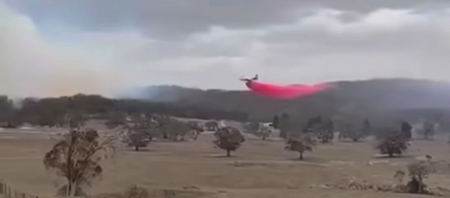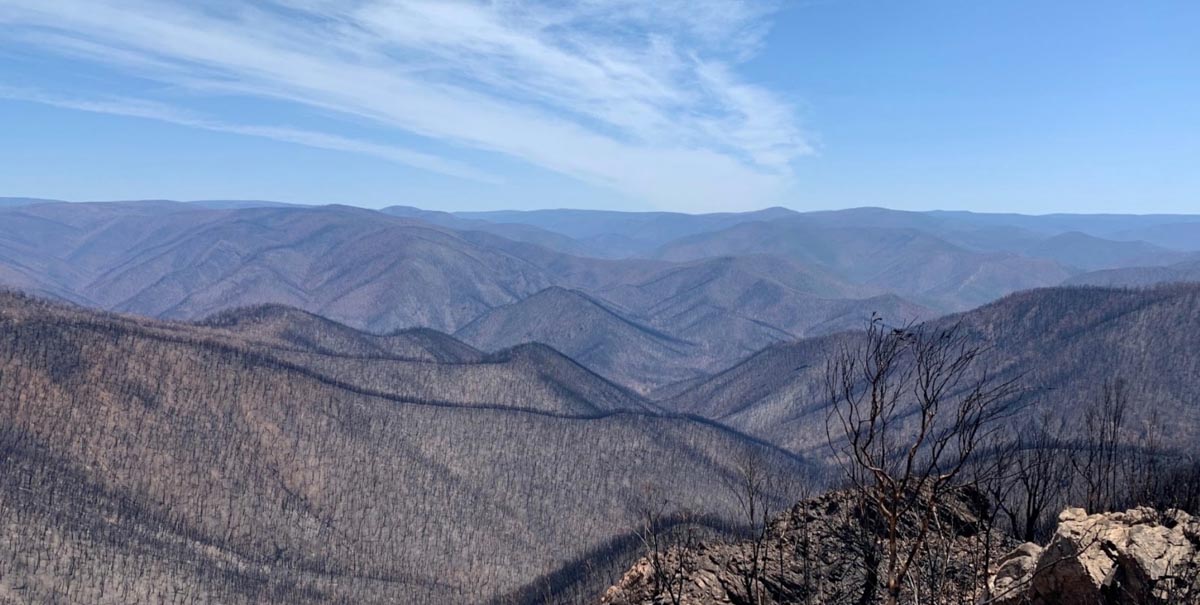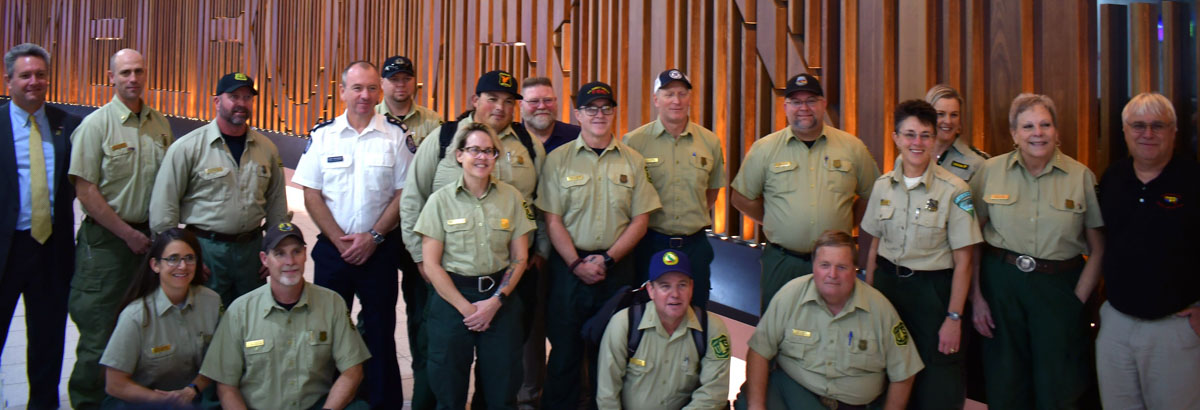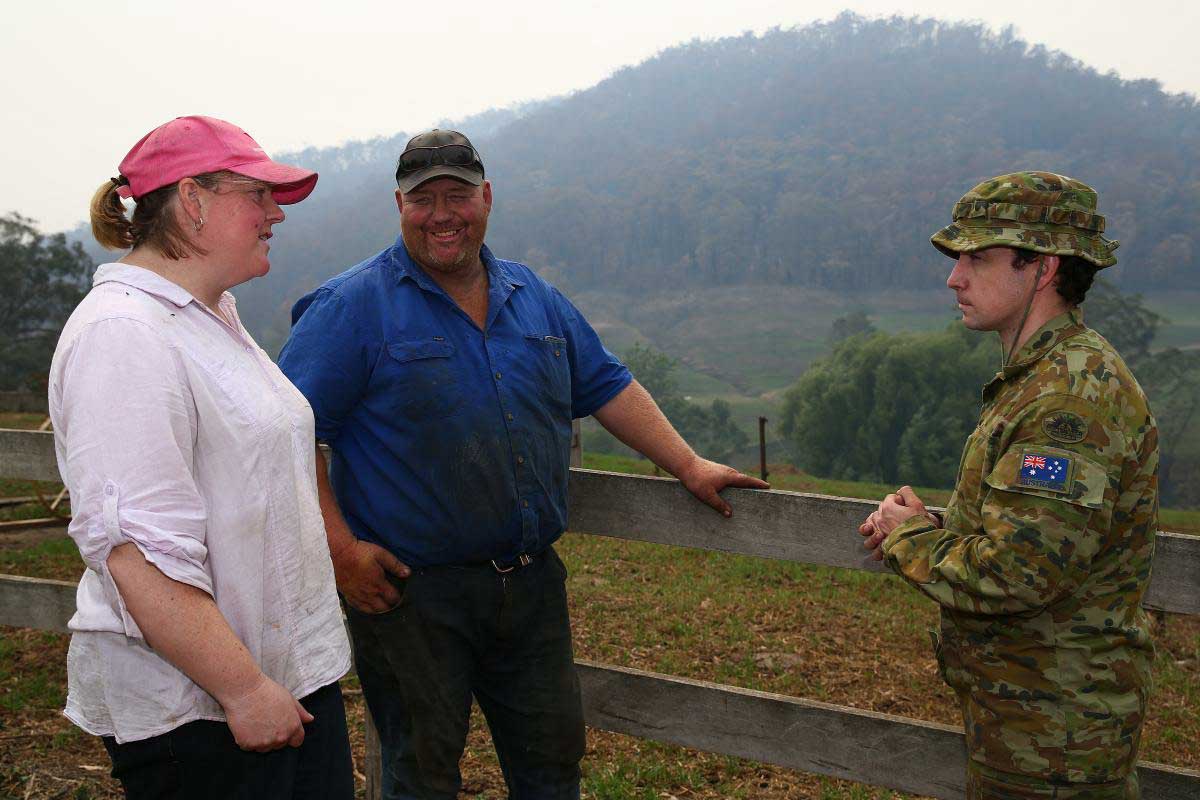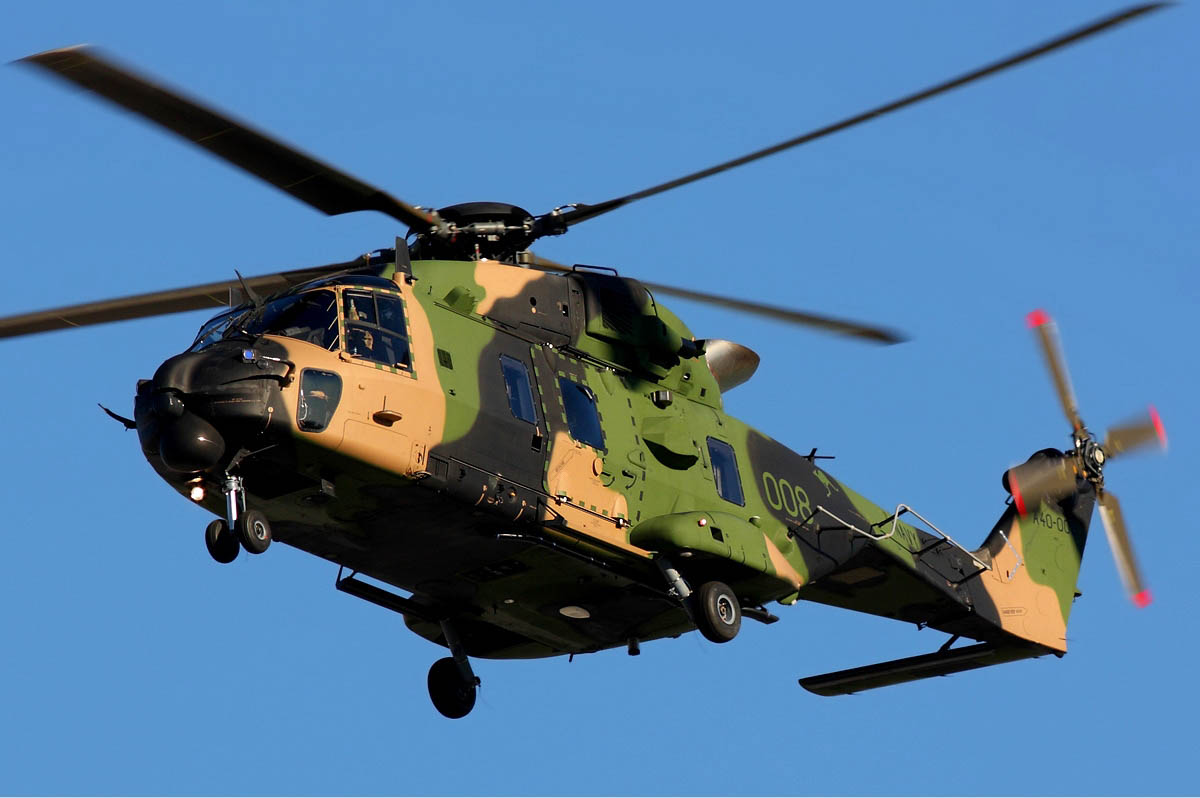
Several bushfires in the Australian Capital Territory (ACT) have kept firefighters busy in recent days. The Department of Defense admitted that one of them two weeks ago was caused by heat from a landing light on an MRH-90 Helicopter. It burned within a kilometer of Tharwa, a suburb south of Canberra.
From the Australian Broadcasting Corporation:
“The fire started during routine aerial reconnaissance and ground clearance work being conducted in the area in support of our local firefighters and authorities,” Emergency Services Minister Mick Gentleman said on behalf of the Department of Defense.
Lieutenant General Greg Bilton said the helicopter was using the lights to help it land in smoky conditions, but the heat set a fire that grew rapidly and damaged the aircraft. He said defense was investigating the issue but operating procedures would be changed so that the landing lights were not used in extreme conditions.
It is reportedly the first time a fire has been started by a helicopter landing light.
Smoke from another fire in the ACT that shut down the Canberra Airport for a while was caused by beekeepers checking hives. The fire started January 22 and for several hours threatened homes and businesses.
From the ABC:
The Beard fire jumped the Molonglo River on Thursday and came close to the suburbs of Beard, Harman and Oaks Estate. It also merged with a second fire on Kallaroo Road, which began in the same suburb of Pialligo earlier in the day.
The combined fire reached 424 hectares in size and was at emergency alert level for much of the afternoon, but by 9:00pm was down to 379 hectares.
The hives are part of a national honey bee surveillance program that regularly checks for the arrival of exotic pests that might threaten Australia’s bee population.That process uses smokers to calm the bees so the hives can be inspected, which requires lighting fuels to generate the smoke. The hives are maintained on behalf of the ACT Government by Canberra Region Beekeepers — the program is usually run through state agriculture departments in other jurisdictions.
Air tankers based in Richmond, New South Wales have been busy recently. Between January 26 and 31 a DC-10, Tanker 911, flew 22 missions, while T-137, a 737, flew 12. Their destinations were in or near the ACT and in southern NSW.
Tanker 131, a C-130Q based in Avalon, Victoria completed several missions north of Melbourne and along the Victoria/NSW border.

